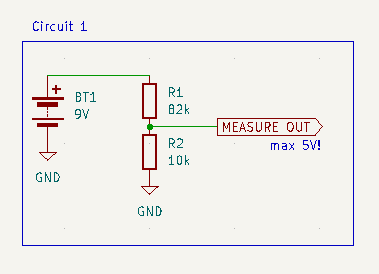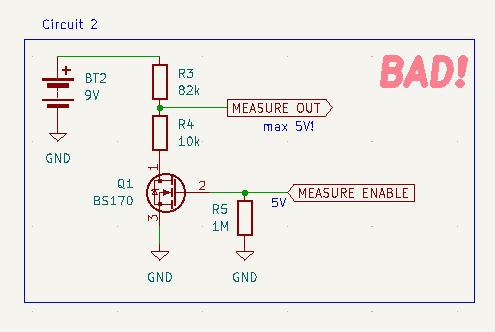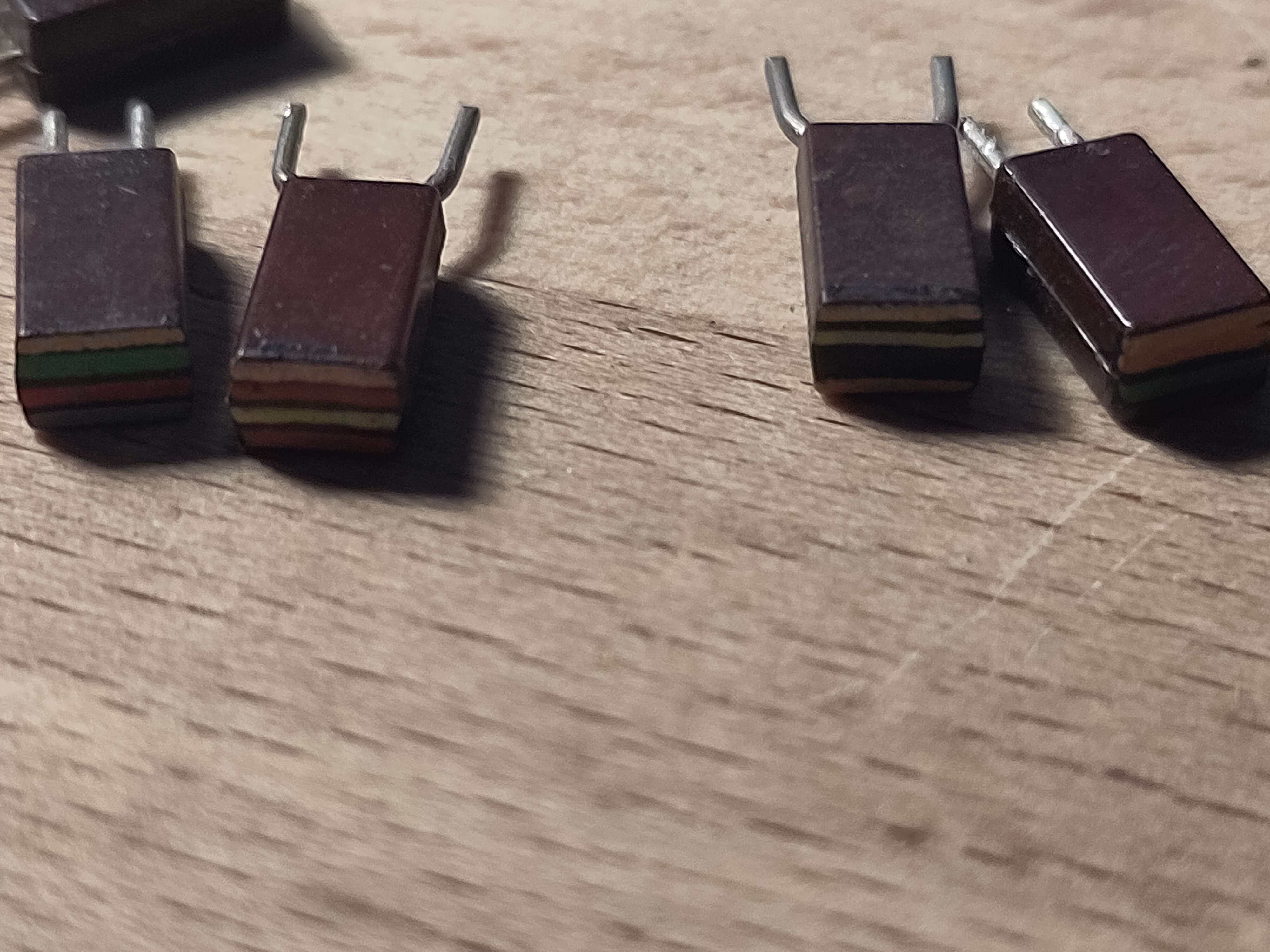It's probably south of something though, unless you're at the north pole
nilclass
That's a normal housecat. Not sure what people are confused about
I bet that spoon has some iron
Sounds like you dodged a bullet, if that's how the CEO reacts to you declining the offer. Just imagine how they'd react to somone actually making a mistake at work
If he falls over, he can't get back up because the feet can't touch the ground anymore
This is normal for anyone who ever dumpster dived at a bread factory
Now i'm disappointed.. i thought you took a picture with an old digital camera that scanned the picture line-by-line, and the cat somehow managed to jump up midframe, without ending up blurry
It's a conspiracy, orchestrated by Big Adapter
They sure is!
That password is not very secure, you should come up with a longer one
Every frame will also have some handwritten info about the radio it was sent with, and possibly a photocopy of some dog in the corner










Honestly off the top of my head I wouldn't know that the Niger is Africa's third longest river, so I'm glad they call it that, since it makes the whole story more interesting than just an arbitrary river doing a weird thing.
Besides.. it gives it that clickbatey touch of " oooh, i wonder what's tge third longest river in africa! Better pause and check the article!"